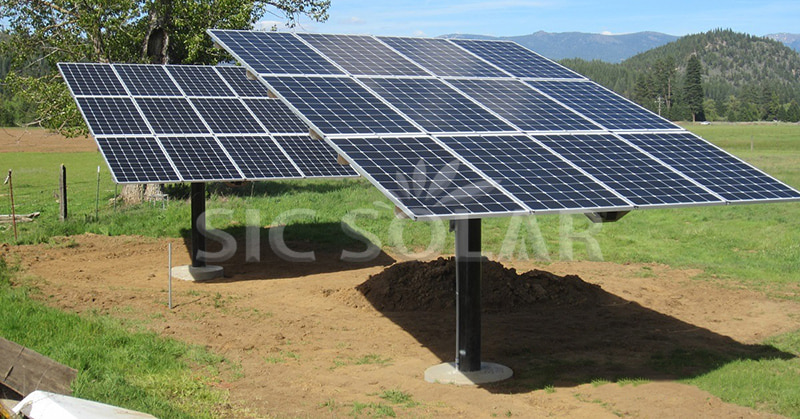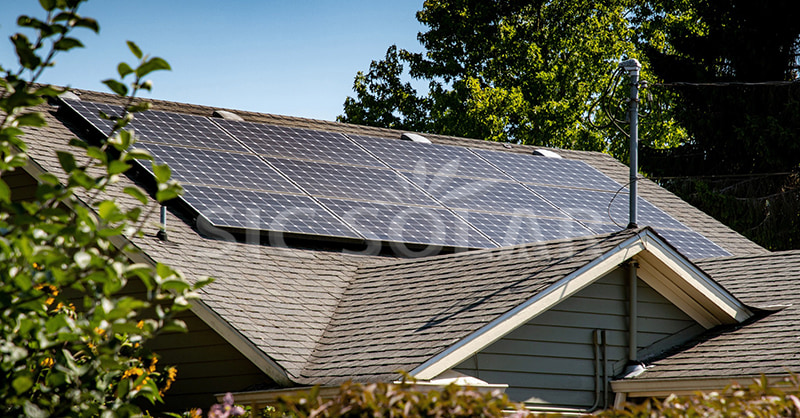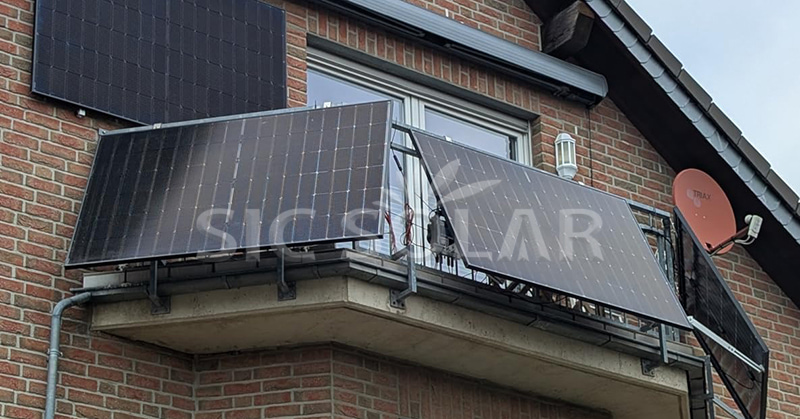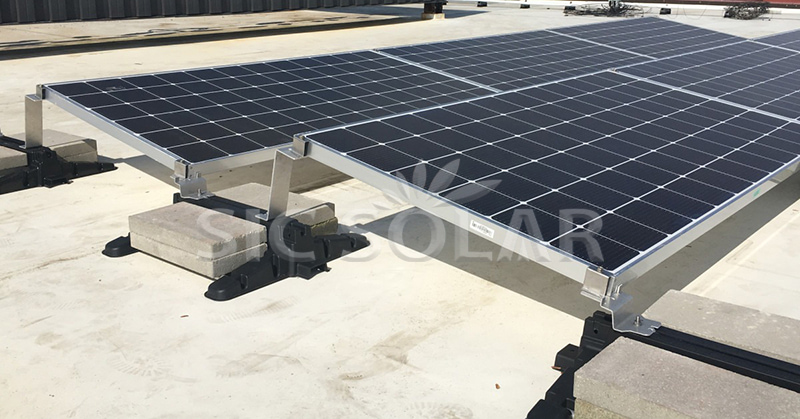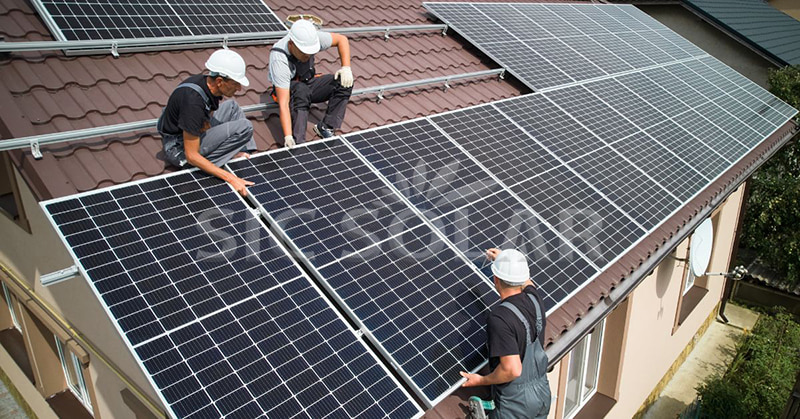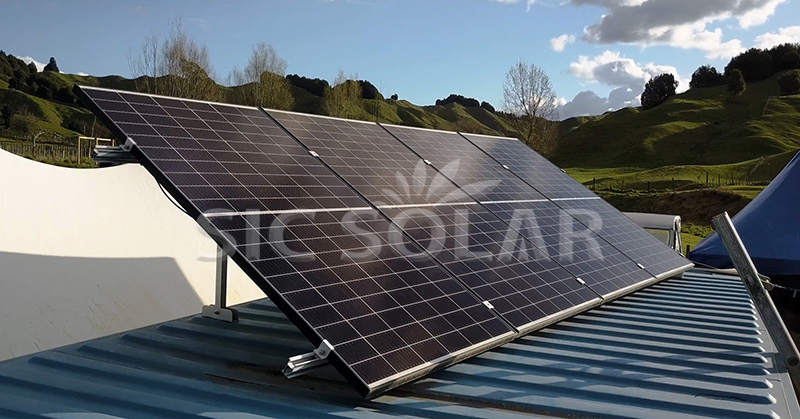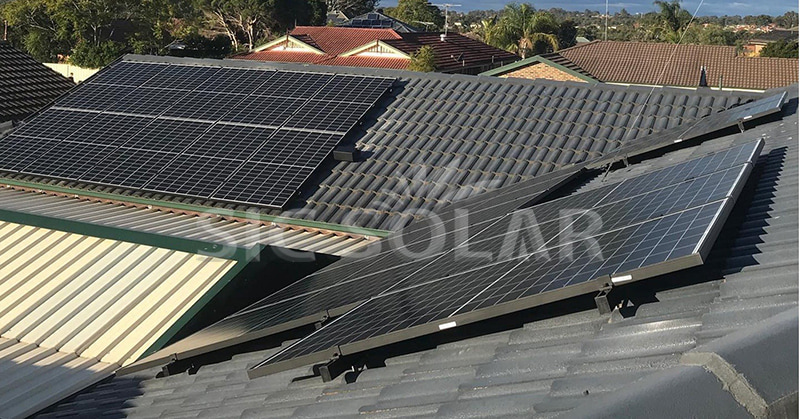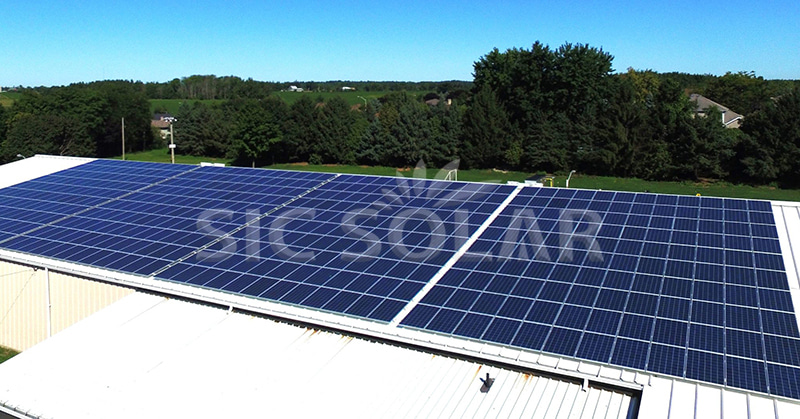Yes, solar panels can be ground mounted, and in many situations, this setup offers major benefits. A ground-mounted solar system uses supporting frames or structures installed directly on the ground instead of the roof. This type of installation is often chosen when the roof space is limited, shaded, or not suitable for supporting solar panels.
Ground-mounted systems are typically installed on open land with good sunlight exposure. The mounting structures are usually made of aluminum or galvanized steel, which ensures strength and corrosion resistance. Panels are attached to the racks at an optimized tilt angle and direction to capture maximum sunlight. Because the system is not restricted by roof shape or angle, installers can achieve the best orientation for energy production.
There are mainly two types of ground mounting: fixed-tilt systems and adjustable or tracking systems. Fixed-tilt systems are stable, cost-effective, and easy to install. Tracking systems can follow the sun’s path automatically, improving electricity output but at a higher cost.
One of the main advantages of ground mounting is easy maintenance. Since the panels are accessible from the ground, cleaning and inspection are more convenient compared to roof-mounted systems. The open structure also allows good airflow beneath the panels, which helps to prevent overheating and maintain efficiency.
However, ground-mounted systems require adequate space and suitable soil conditions. Installers often use ground screws or concrete foundations to secure the structure and resist wind or snow loads. For uneven or rocky ground, special designs may be needed to ensure stability.
Companies like SIC Solar, a manufacturer specializing in photovoltaic mounting systems, provide a wide range of durable and flexible ground mounting solutions. Their systems are designed for quick installation, long service life, and compatibility with various terrains and climates.
Ground-mounted solar panels are especially suitable for commercial sites, farms, and large residential properties. They can even be used in agri-solar setups, where solar arrays share land with agricultural activities.
While roof-mounted systems are more common in cities, ground-mounted ones offer scalability and efficiency advantages for open areas. With well-designed mounting structures from SIC Solar, ground-mounted systems can deliver stable performance and reliable renewable energy for years.

